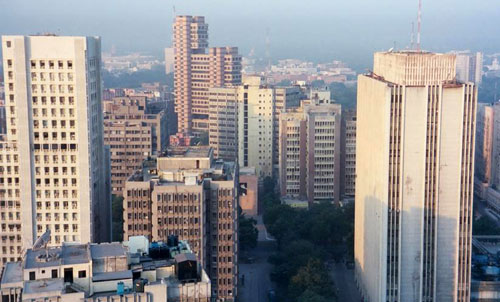
Delhi property market scores on top-of-the-mind recall value
Vibrant cities for vibrant economy-II By: Track2Media Intellisearch Delhi-NCR has…

Vibrant cities for vibrant economy-II By: Track2Media Intellisearch Delhi-NCR has…

The much anticipated opening up of Foreign Direct Investment (FDI) in multi-brand retail has renewed interest of several large international retailers in Indian retail market.

In all markets around the globe, challenging market conditions – whilst painful at the time – do have a beneficial long-term impact on the market in that they sort out the ‘wheat from the chaff’.

According to the 2011 census, the Mumbai Metropolitan Region has over 23.5 million people. To house this population on the ground floor, assuming a household size of 4 and dwelling units of 900 sq ft per family which are laid wall to wall, we would need 121,384 acres of contiguous land.

In India, investor interest is also seeing a slowdown on account of the lower absorption of new developments and the disparity between investment returns and capital values.
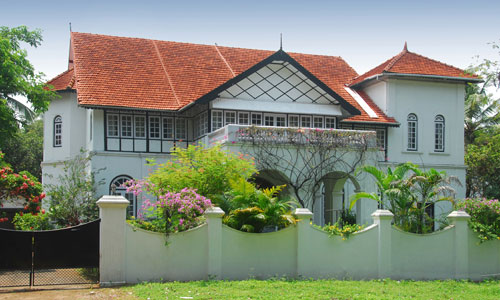
It may be momentary down because of rising interest rate, macro economic hue, affordability issues borne out of demand-supply mismatch and overall market sentiments, but forecast for the residential real estate is definitely robust.
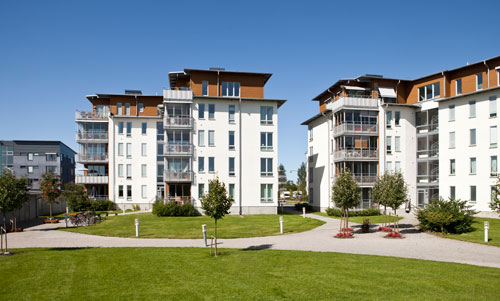
A Knight Frank report suggests revenues of real estate companies have dropped by 19 per cent and profits have declined by 70 per cent, over the past four financial years, since 2007-08.
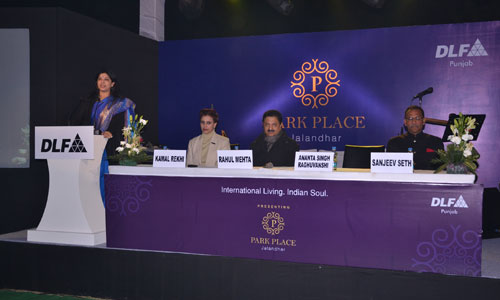
DLF now extends its footprints further by launching a plotted development, Hyde Park Estate at DLF New Chandigarh and Park Place, a luxury apartment complex in Jalandhar.
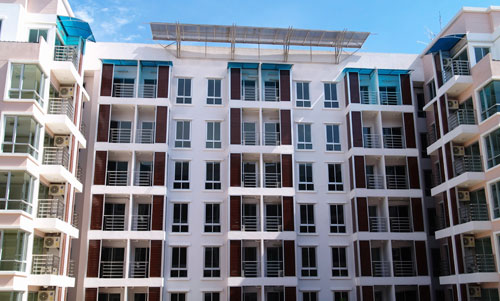
For how long can Indian real estate remain in a state of denial? It is time to get realistic with the ground realities that suggest pre-2007 days are over.
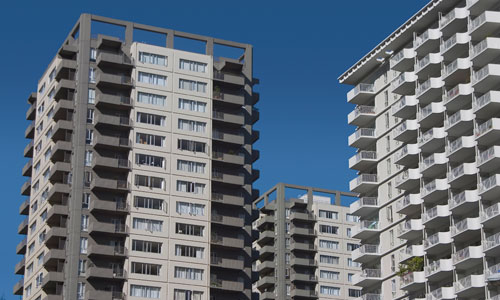
Market forces of demand and supply are the most potent determinants of price and the developments in the real estate industry during year 2011 is the latest example.
